It’s one of the most famous stories in the history of exploration: the battle between Robert Falcon Scott and Roald Amundsen to become the first man to reach the South Pole.
In the end, it was the Norwegian pioneer who succeeded in his ambition in 1911 and returned to his homeland a hero, while Scott and several of his colleagues perished together in the frozen wilderness of Antarctica.
It’s a tale that encompasses heroism, sacrifice and people driving themselves to the very limits of human endurance – but did you know it was also a race between Dundee and Perth as their ships sailed to the Pole?
Archer’s family relocated to Norway
Most people are aware of Scott’s links to the Terra Nova, but now artist and historian Michael Durning has revealed the remarkable life of Colin Archer, whose parents lived in Canal Street in Perth and who subsequently became one of the most noted shipbuilders in Norway after his mother and father relocated there nearly 200 years ago.
It’s an extraordinary tale that has earned Archer a lofty reputation in Scandinavia.
Indeed, when Mr Durning recently met Asle Toje, the deputy leader of the Nobel Prize Committee of Norway, he was told: “Colin Archer is a national hero to us.
“He is to Norway what Isambard Kingdom Brunel is to Britain. Scotland should be proud of its famous son”!
Yet the chances are that few people have ever heard his name.
Mr Durning was inspired to celebrate unheralded Caledonian explorers at the Royal Scottish Geographical Society HQ, which is in Perth.
There, he unearthed the vivid connection between Scott and Amundsen’s gruelling Polar odyssey and those who helped propel them on their journey into immortality.
He told The Courier: “I discovered an oddly-named Norwegian called Colin Archer during my art project, which commemorates the centenary of the death (in 1921) of Scotland’s ‘Forgotten Polar Explorer’, William Speirs Bruce.
“While building his Antarctic research ship, Scotia, Bruce had consulted the Norwegian-Scot emigre, Archer, who had already constructed one of the world’s most famous ships and was a national hero in Norway, but to Scots he is unknown.
“And I thought: ‘What can I do to try to change that situation?”
The more that Mr Durning delved into the archives, the more he became convinced that his compatriot’s work deserved greater recognition.
He said: “Colin Archer, who lived from 1832 to 1921, built the ship Fram (Forward), which won Amundsen his race to the South Pole in 1911; an expedition that preceded the death of Scott and his friends.
“The Archer family built a home in Canal Street, when Perth’s city walls were demolished and the canal was filled in.
“Generations of their kin attended the Incorporated Guild of Glovers at the famous Fair Maids House, which was chosen by the RSGS in 2008 as the location for its new headquarters.
“And, although they couldn’t have known it at the time, the very DNA of Amundsen’s success was already in the fabric of the building.”
Archer’s parents emigrated from Perth to Norway in 1825 and, following his education, their son soon earned himself the reputation of being an innovative boat builder and a redoubtable character who committed himself to bolstering the fledgling Norwegian lifeboat organisation.
Established as they were along the often treacherous coast of Norway, his new vessels immediately transformed the lives of many of the country’s mariners.
One rescue craft alone saved 329 lives and assisted 102 ships.
With hindsight, the quest to the South Pole was a Great Tay Boat Race, with Colin Archer of Perth’s Fram beating Scott’s Dundee-built Terra Nova.”
Michael Durning
In recognition, he was made a Knight of the Order of St Olaf and Nobel Prize-winning explorer Fridtjof Nansen asked him to design a polar ship.
In the months ahead, he created the impressive Fram, which later became an embodiment of Norwegian pride.
It was the ship that sailed the furthest north and south of any in history and was the strongest wooden vessel ever built.
And it needed to be, given the myriad privations Amundsen and his crew endured on their historic expedition.
Mr Durning said: “Fram was a wonder of the ‘Heroic Age’ and it defied the
icepack with its retractable propeller and rudder.
“Its rotund hull meant that when ice crushed the Fram, it popped up above the ice.
“Even when they were stuck in the ice, the ship’s crew were warm and comfortable with electricity generated by a wind turbine.
“With hindsight, the quest to the South Pole was a Great Tay Boat Race, with Colin Archer of Perth’s Fram beating Scott’s Dundee-built Terra Nova.
An indelible Scottish connection
“Amundsen and Nansen marked their visit to the RSGS in 1904, leaving their signatures next to those of (Ernest) Shackleton, Scott and Bruce.
“Today Fram and Discovery are the only polar ships which survive.
“They travelled to the ends of the earth but their histories are linked by the water of the silvery Tay, separated by a distance of only 22 miles.”
It’s a mesmerising chapter of little-known history which has only come to light through the diligence, enthusiasm and talent of Mr Durning, who has created a series of evocative artworks entitled ‘Scots of the Antarctic’.
He told me: “I discovered Colin Archer’s history and felt determined that I should let Taysiders know about their long-lost son and his amazing story.
“The only book written about Colin Archer in English was published 50 years ago and it claimed that his father lived in ‘Newborough’.
“Well, few people would ever make the connection between that and Newburgh near Perth, so his polar achievements and his connection (to the Fair City) remained silent.
“I came into this, not through science or geography, but through art, because I am creating paintings which honour the immense Scottish contribution to polar exploration.
“Quite often, Scots travelled to the poles without any fuss or without anybody dying, but what they did was hugely important.
“I’m an artist who studied at Duncan of Jordanstone College of Art and I enjoyed the history of Dundee while I was living there.
“At the moment, I am the archivist of Paisley Art Institute and was following the trail set by the Paisley Shawl weavers who built the PAI art collection.
“They had also financed the expeditions of the oceanographer Bruce and, even though I had spent many years in Dundee, I had never heard of him.
“But he was a remarkable fellow who had sailed with the whalers out of Dundee and left Scottish names at both ends at the planet.
“I thought that Robert Falcon Scott’s racing to the South Pole in Dundee’s Terra Nova against Amundsen’s Fram, which was built by a son of Perth, was an inspirational piece of storytelling that reflected the glamour of the age.”
It does, and it surely strengthens the case for a new polar museum to be constructed somewhere along the Tay to honour the memory of these tough-as-teak individuals who boldly went where nobody had gone before.
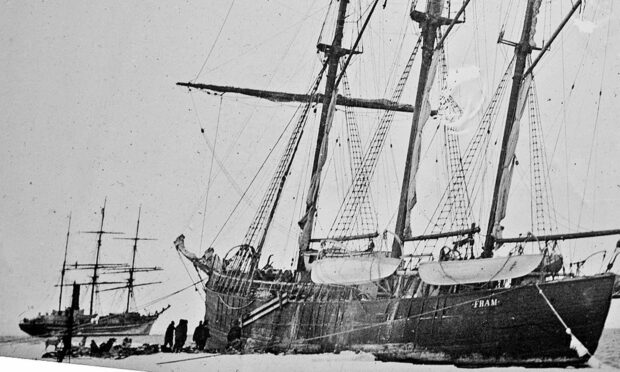
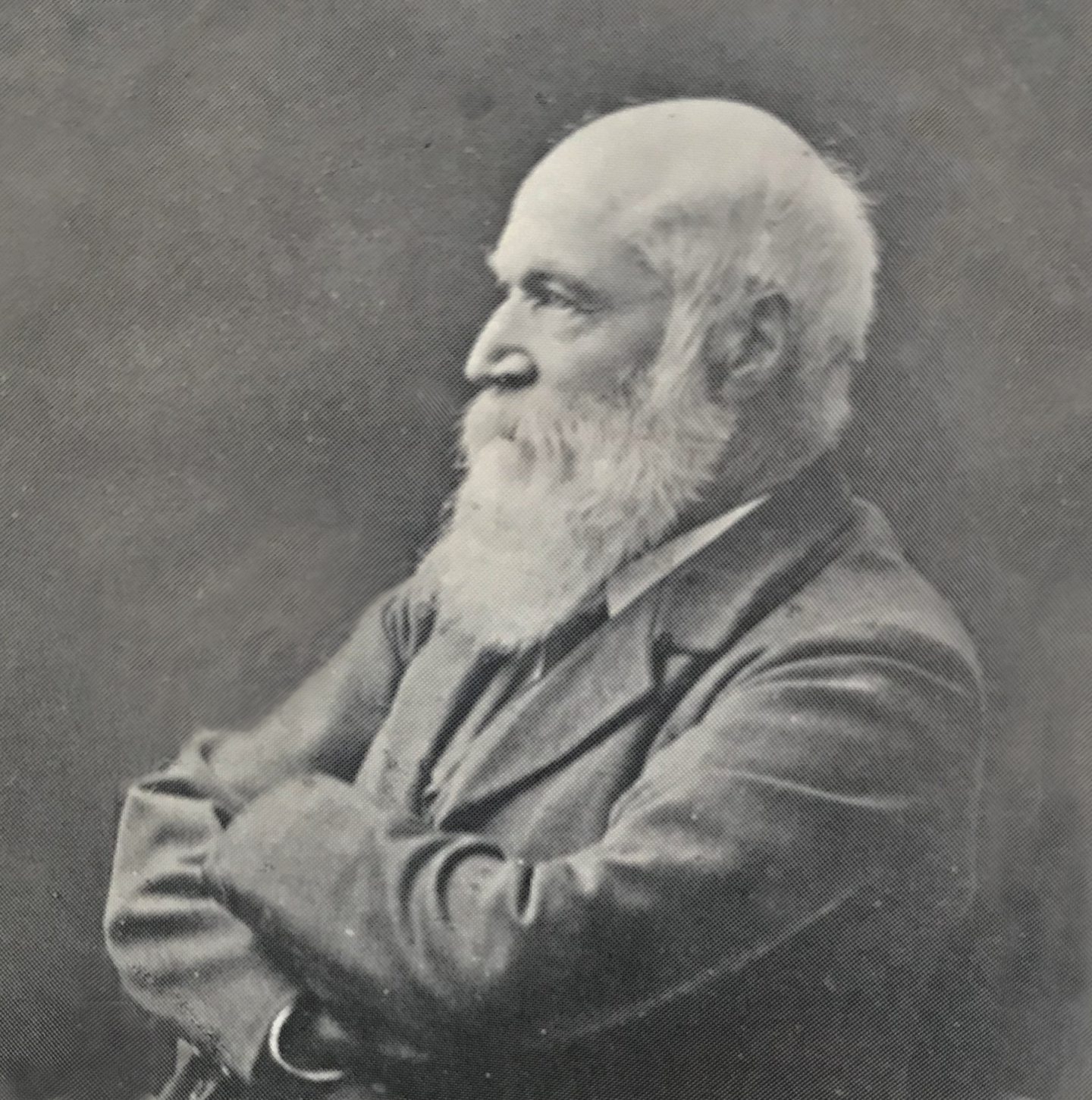
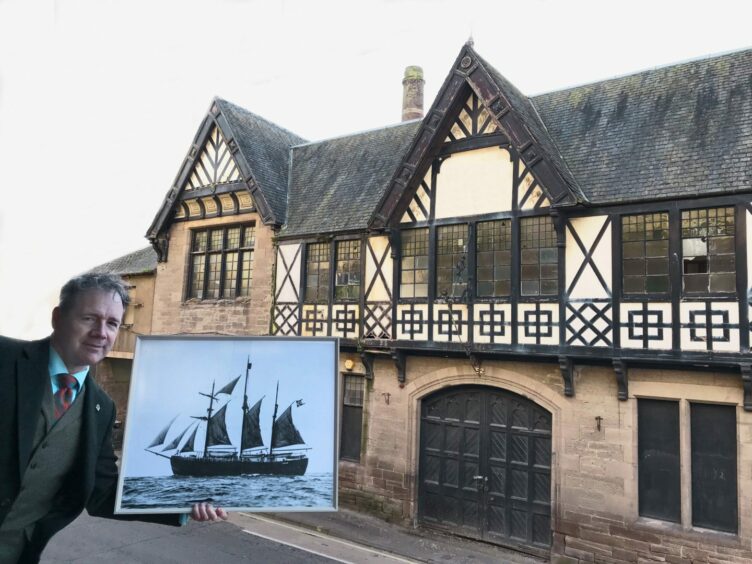
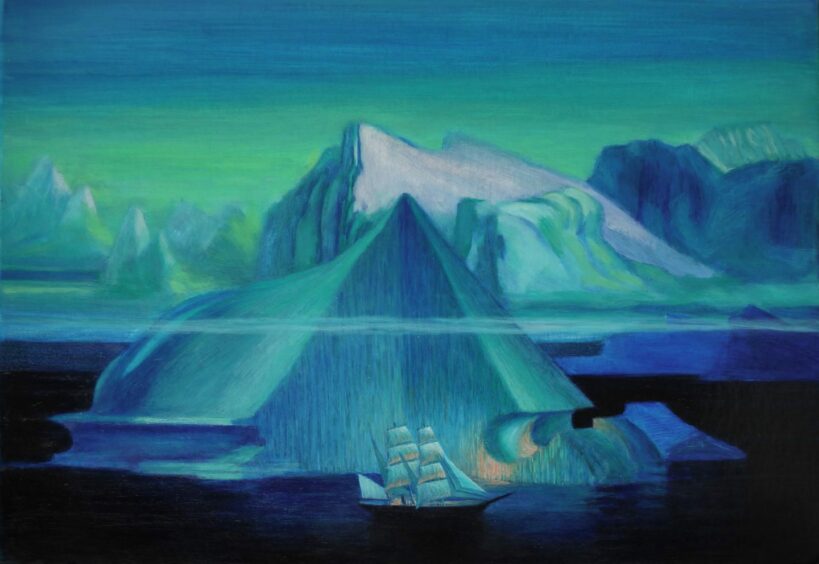
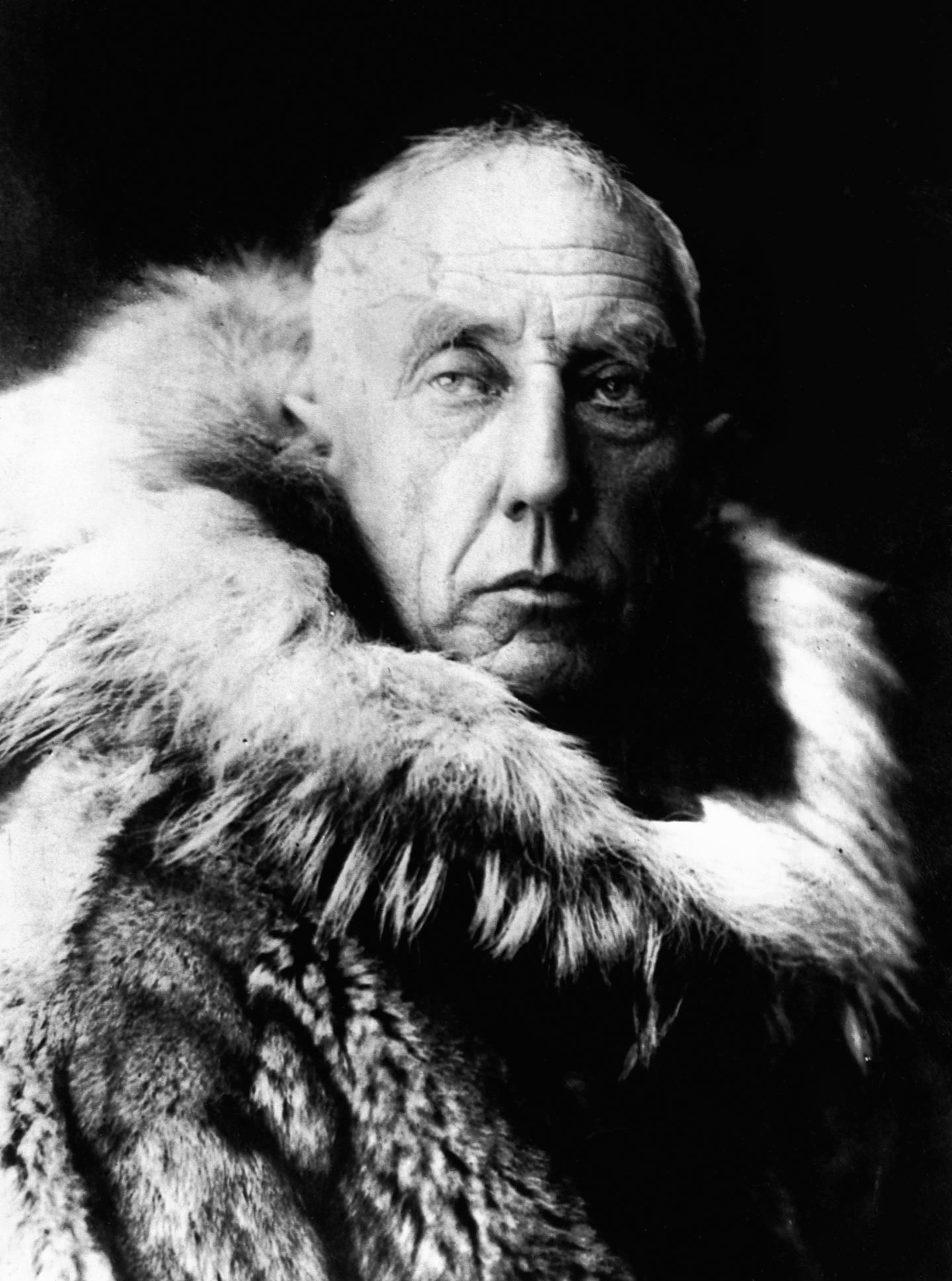
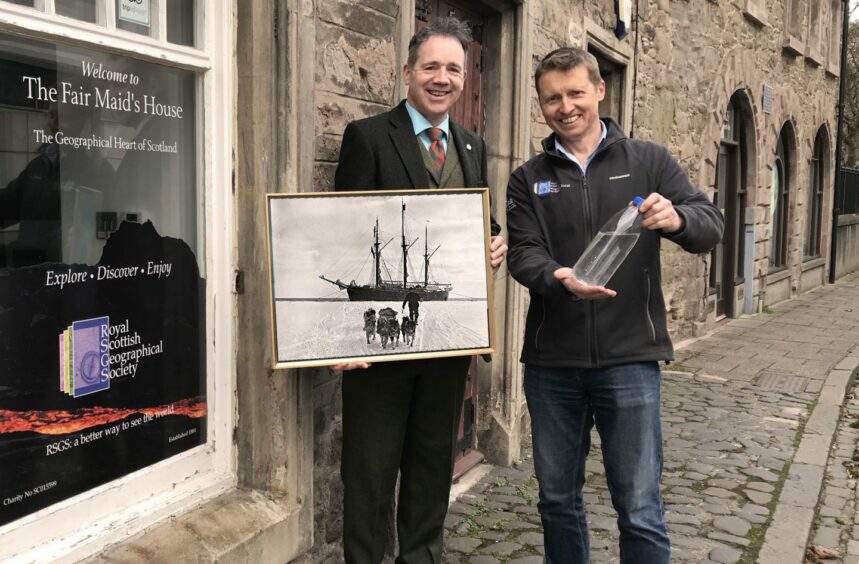

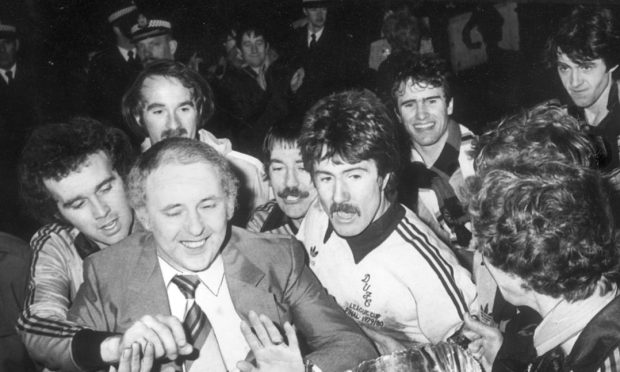


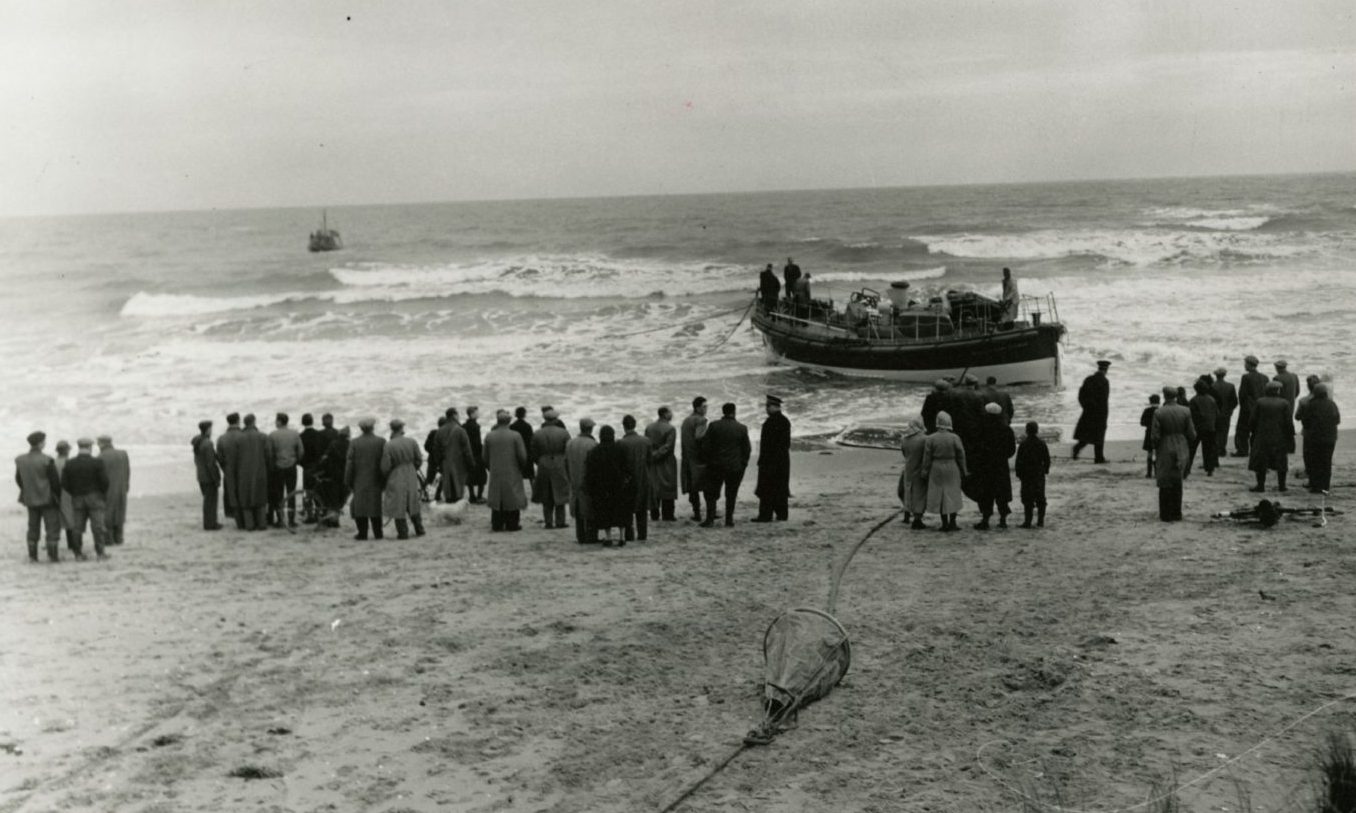
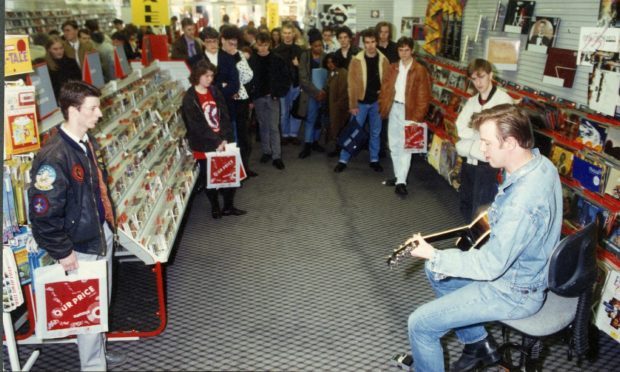
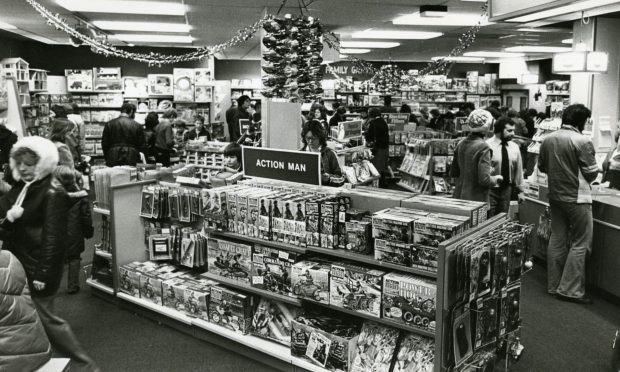
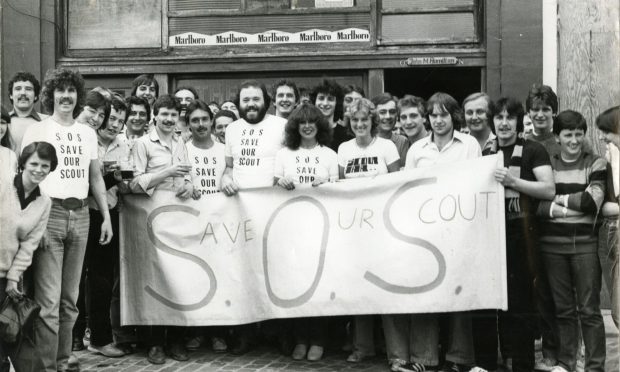
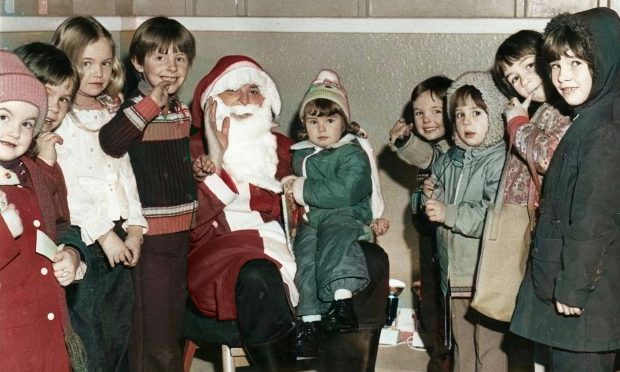
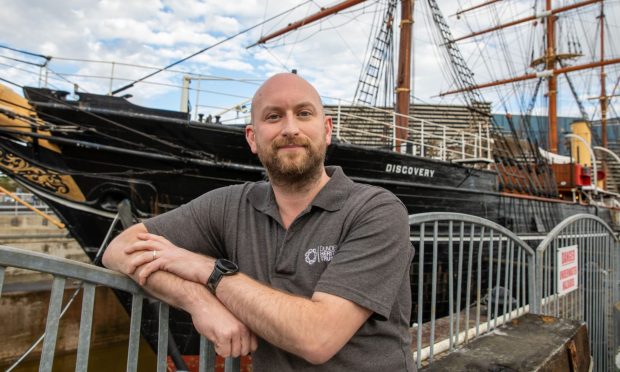
Conversation